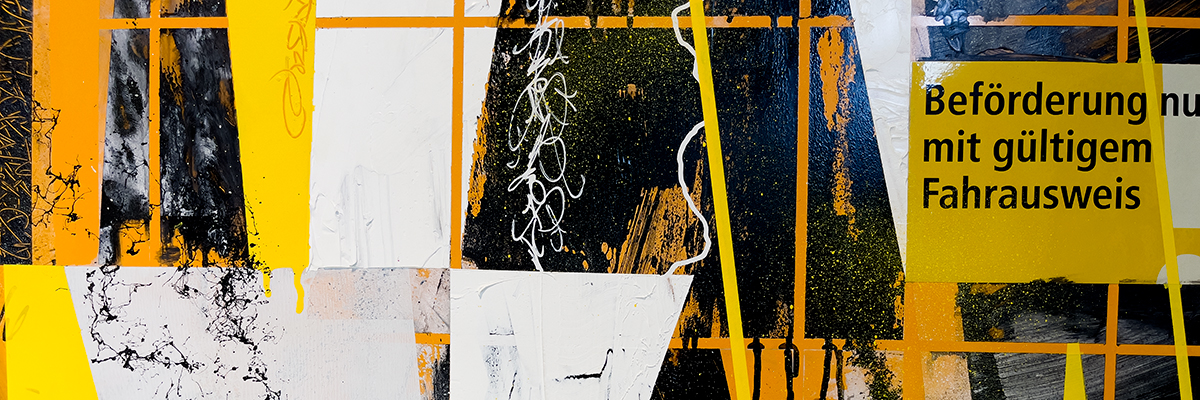It’s a brave and intricate undertaking, receiving someone’s painted canvas into your studio and then determining how you will alter it by painting over someone else’s work. Graffiti writers spend years developing and perfecting their ability to handle letters with a can, to coin their individual style. Partly in recognition of this, other writers avoid going over your work on the street, unless it is done with the intention to provoke.
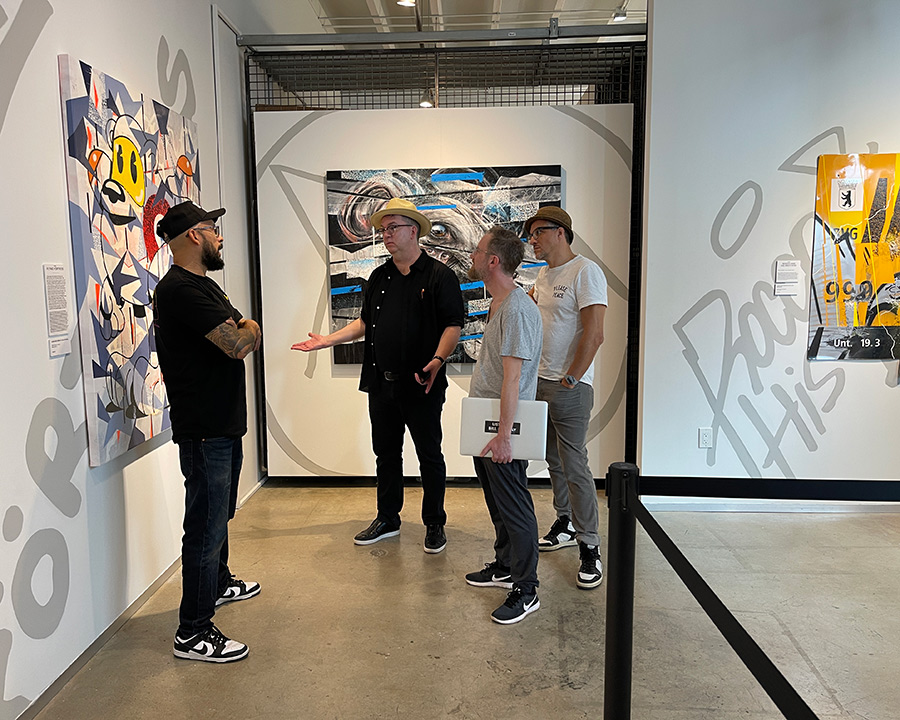
Each partner in the Versus 3 Project, which we tie up today with some photos we didn’t publish previously, knows that the rules of the street are intentionally, and functionally broken here. The artists tell us it is uncomfortable even when permission is given. The root of collaboration in the project required passing the canvas back and forth between artists in a silent conversation, with no rules about style or materials – and the results can not be predicted accurately.
Patrick Hartl and Christian Hundertmark, as a duo called Layer Cake, repeatedly related stories last week of opening the newly arrived package, unwrapping the painted canvas, and staring intently at it.
“I think we don’t really have expectations, right?” says Hundertmark of the process.
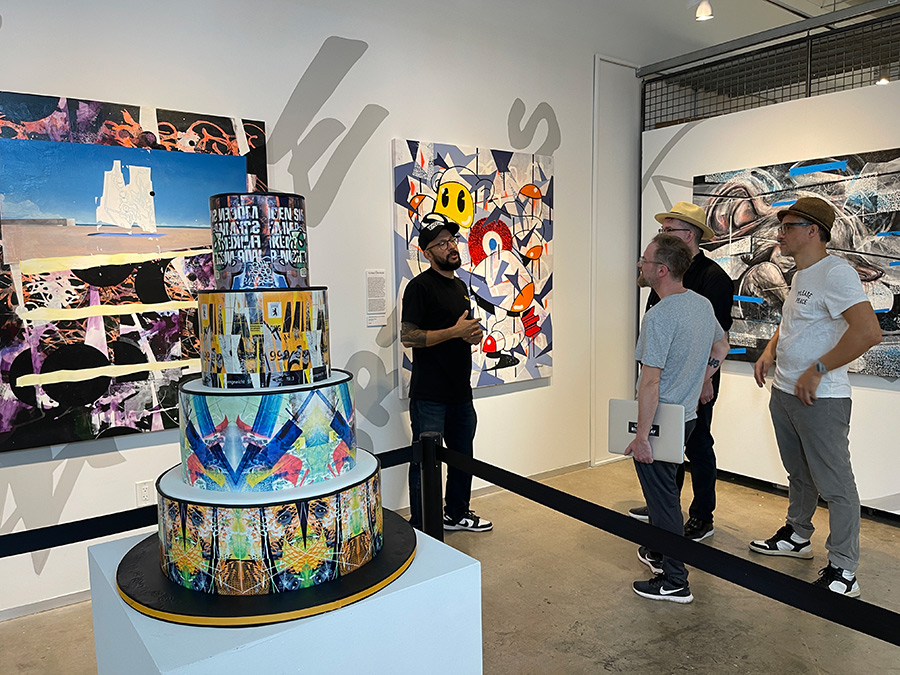
“We know the work from the artists,” says Hartl, “so we probably know what they are about to do. In the end, we don’t know how comfortable they feel when they get not a white canvas, but a painted canvas.”
It’s relevant to mention that the collaborative works of Layer Cake have always been this way between the two – and the Versus project is simply opening up the process for new artists to participate in this way. “We had been doing this for five years already,” says Hundertmark, “so for us, it was just normal.” That practice grew into the Versus Project, a project of trading canvasses that resulted in two mounted exhibitions at Urban Nation’s special project space in Berlin. Now for Versus III, the exhibition travels to Miami with the guys at the Museum of Graffiti.
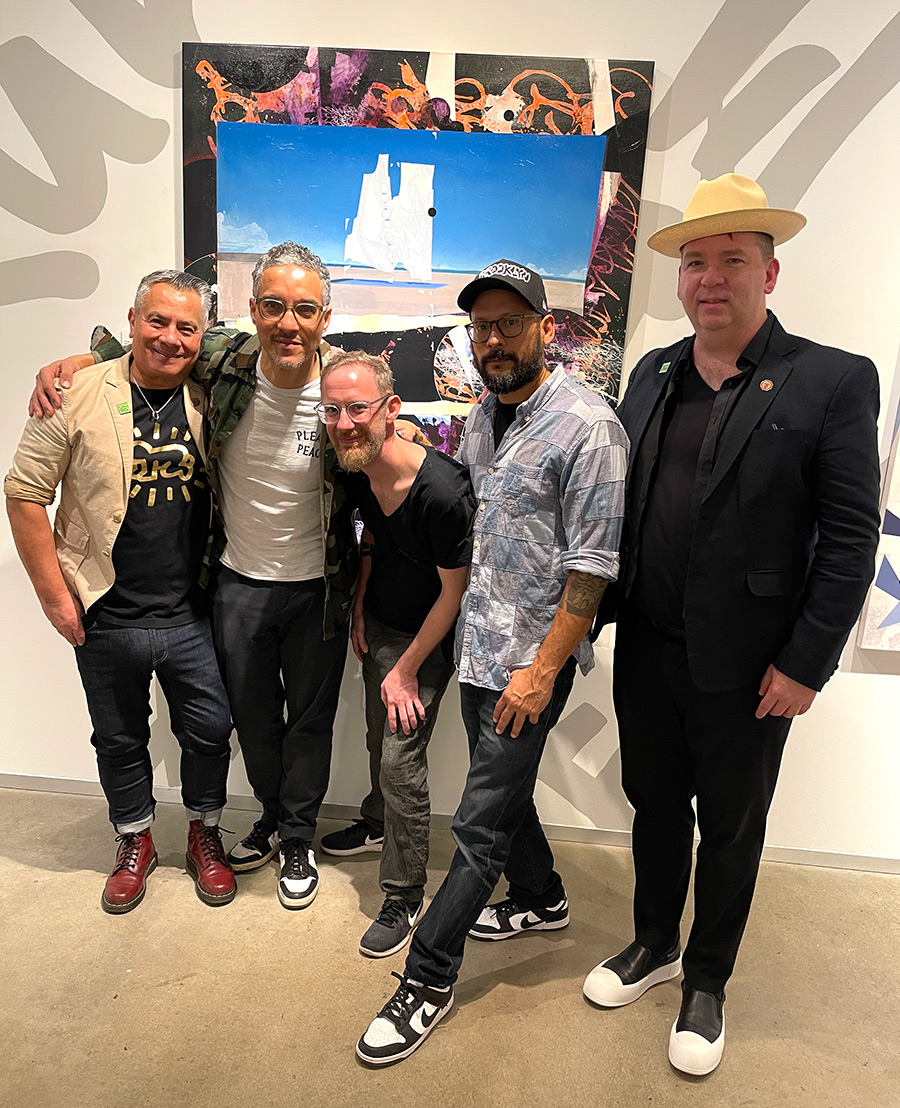
Some artists they had met only through the Internet or social media, and others were long-time friends. Some had a special meaning because they were introduced by recommendation. Others were revered originators in the graffiti and street art scene, with well-known careers on the street stretching back decades. No two experiences were the same – with multiple variables at play, including how much time an artist took to respond with their new iteration. A few never returned their canvas at all.
“Of course, you always have something in your mind about how the canvas will look when it comes back,” says Hartl during an exhibit tour.
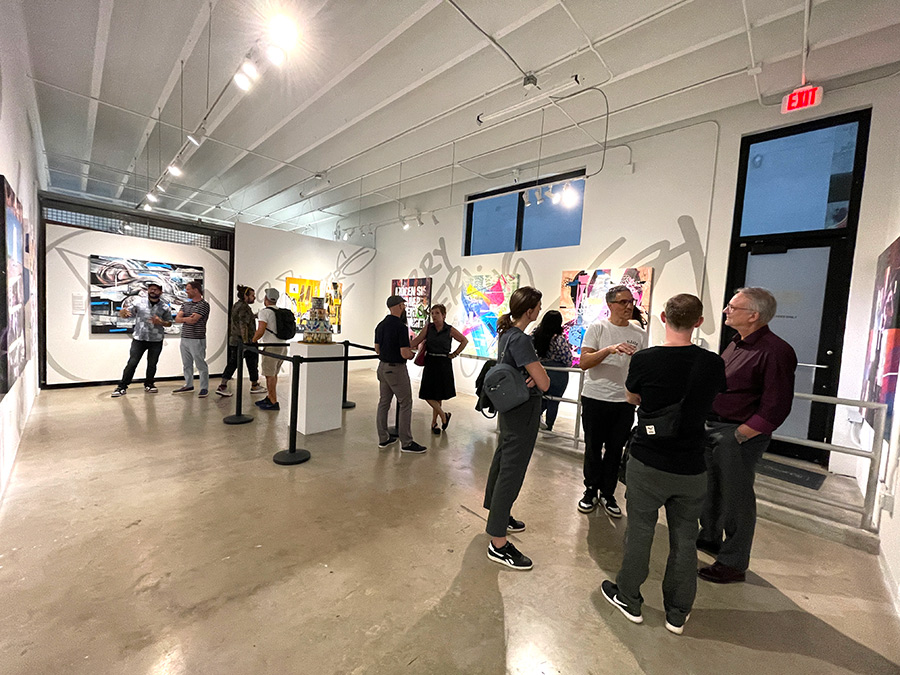
When working with the Berlin art couple Various & Gould, the guys thought they would send them their first layer in tones they would be pleased with. “For this one, it was exceptional because we sent them a green and yellow canvas,” says Hartl. “They opened it and said, ‘Okay, these are not the colors that we usually work with!’”
“For us it was interesting to see what was coming back. So we opened it and said, ‘Wow, they added orange!’ ”
The Swiss graffiti writer and artist Thierry Furger speaks of his ‘buffed’ paintings and relates that it was a tentative process to collaborate like this on a canvas, feeling like he was breaking the rules, but eventually, he liked it.
“In graffiti, going over or crossing other pieces is actually a no-go and sometimes connected with consequences,” he says, and it sounds like he still has some reservations. “But I really hope that if I ever meet the two guys that they do not punch me because I went over them, ha ha ha.”
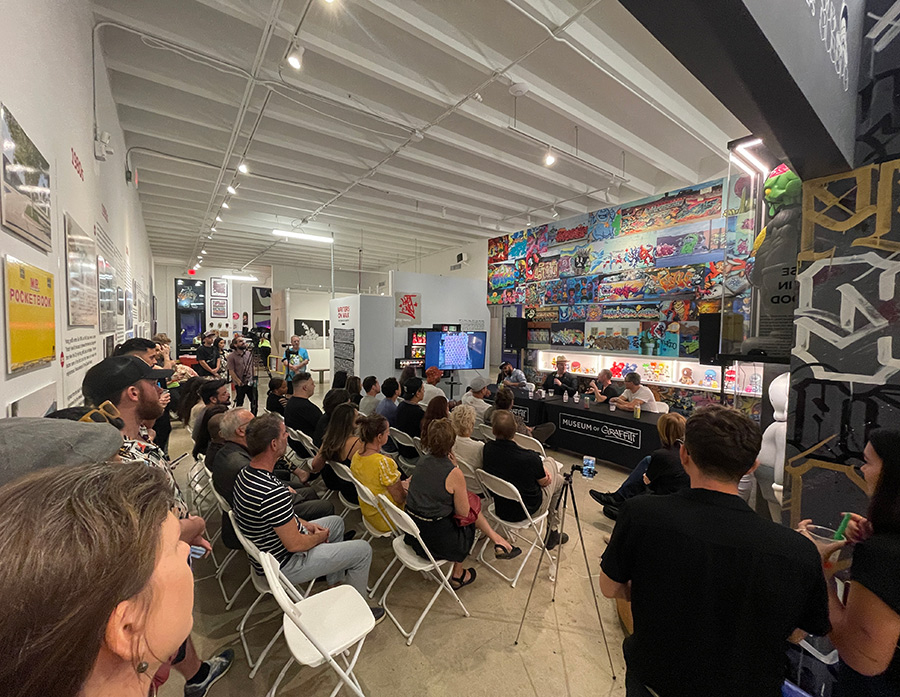
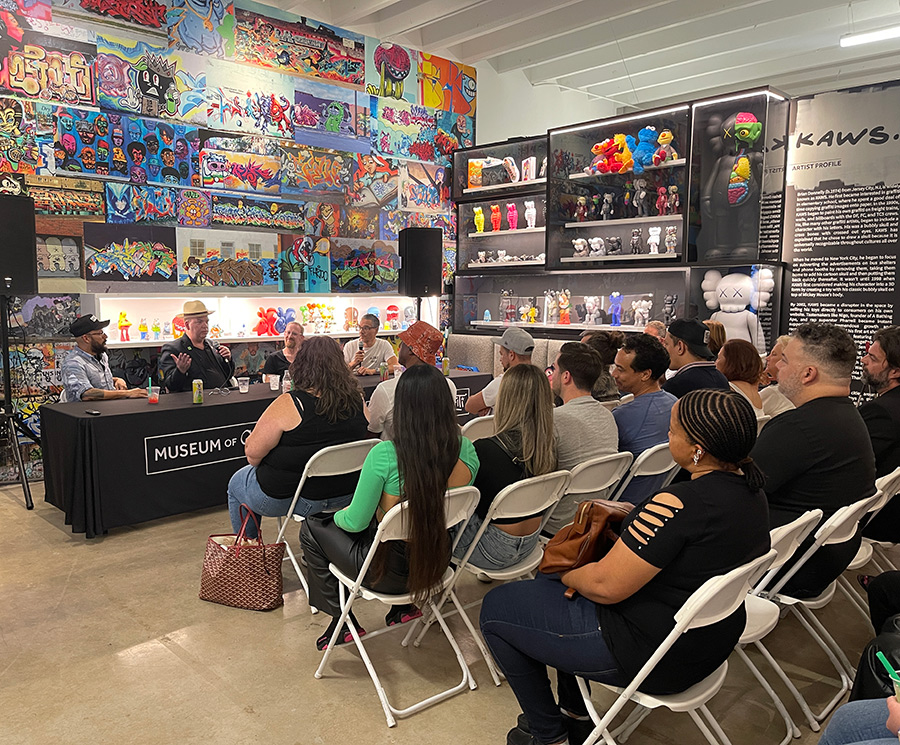
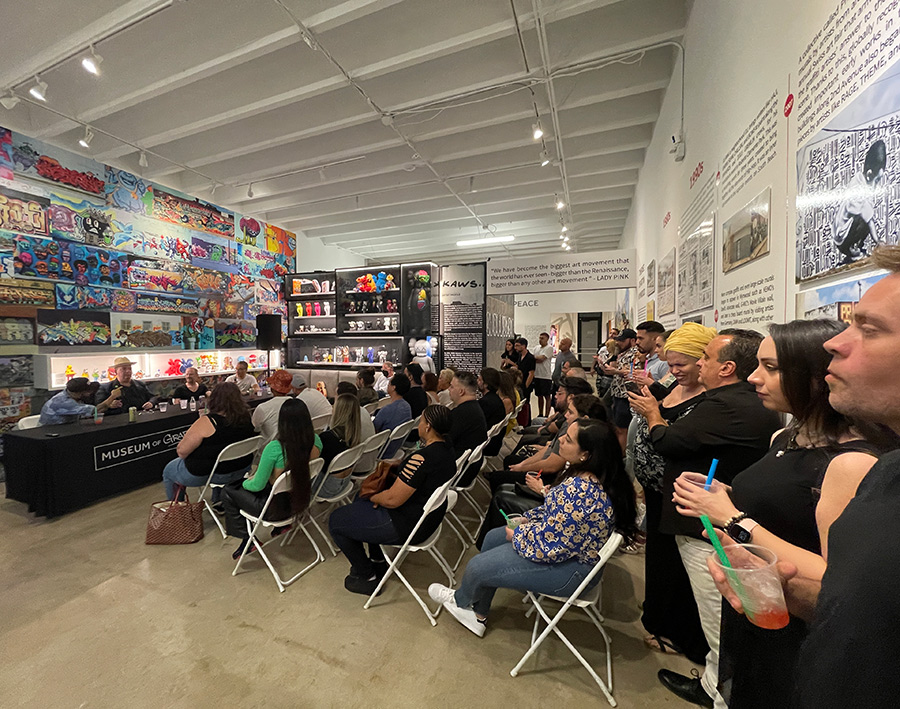
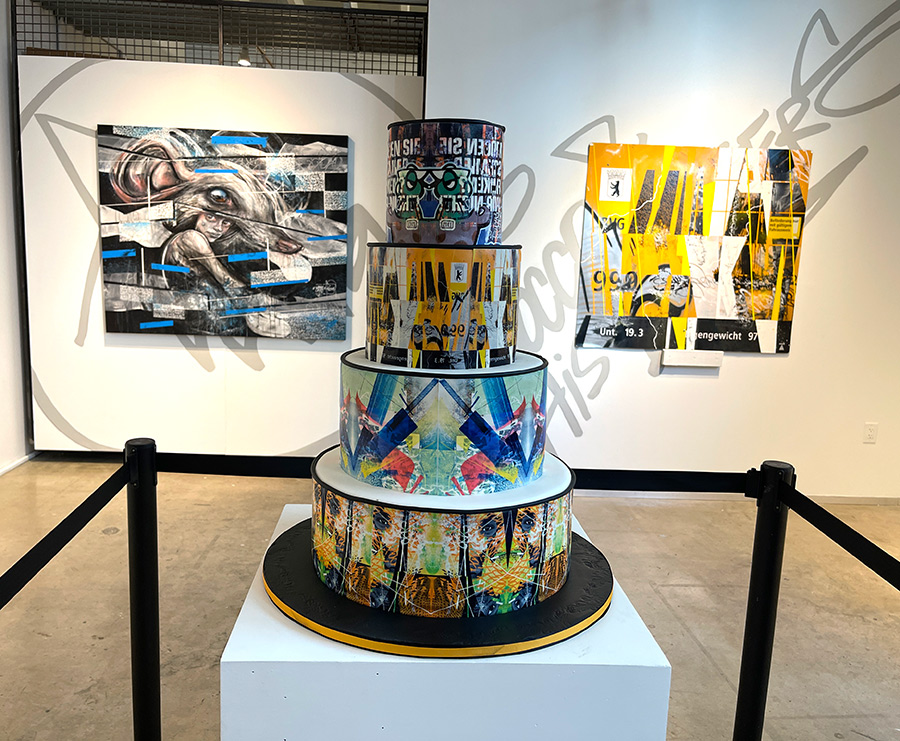
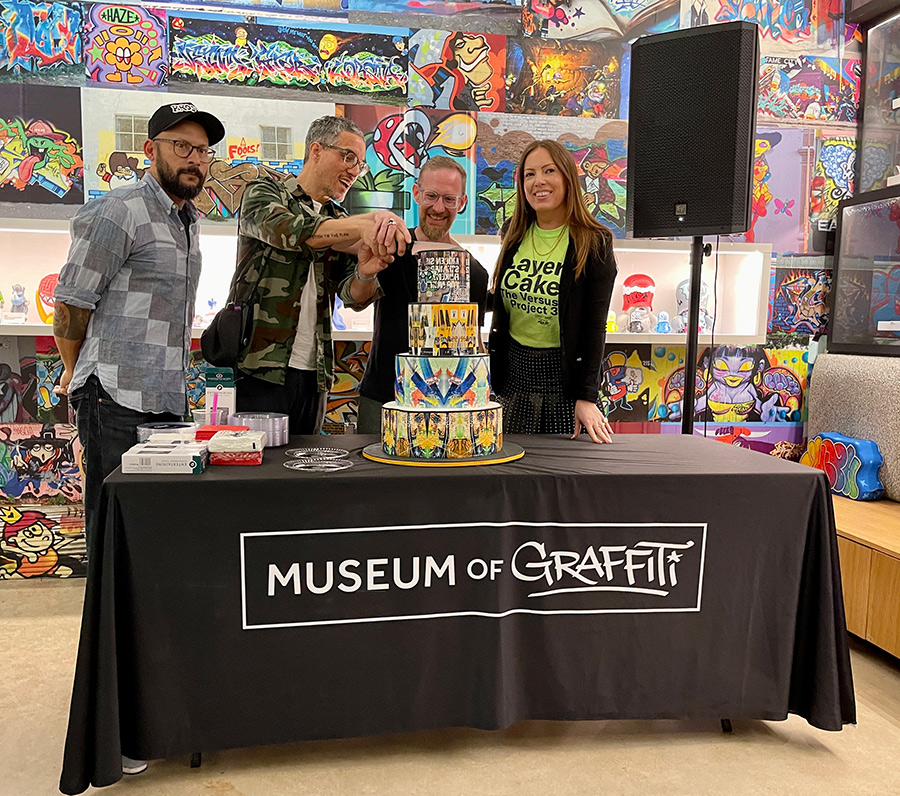
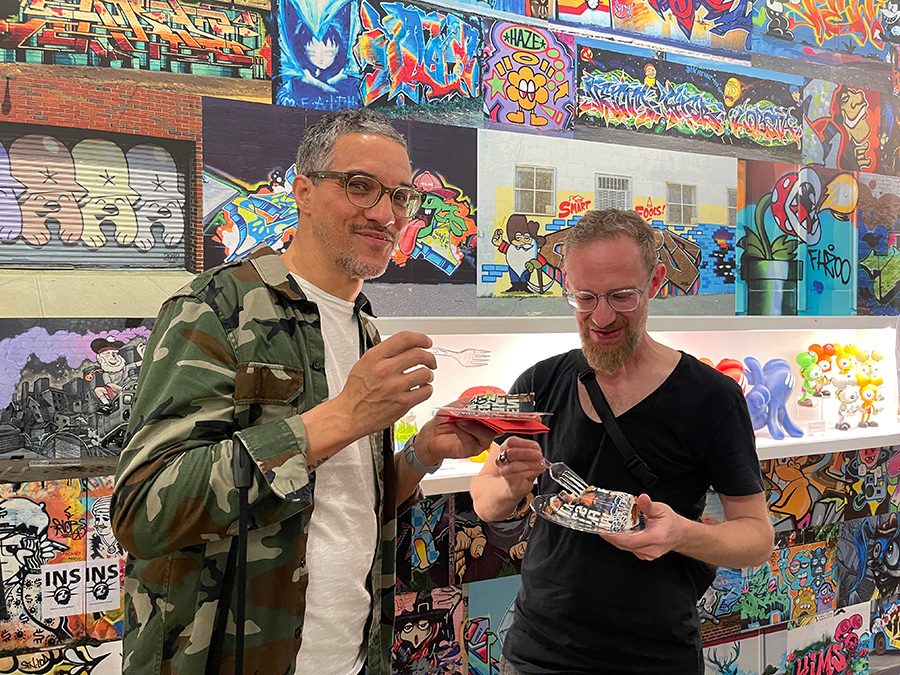
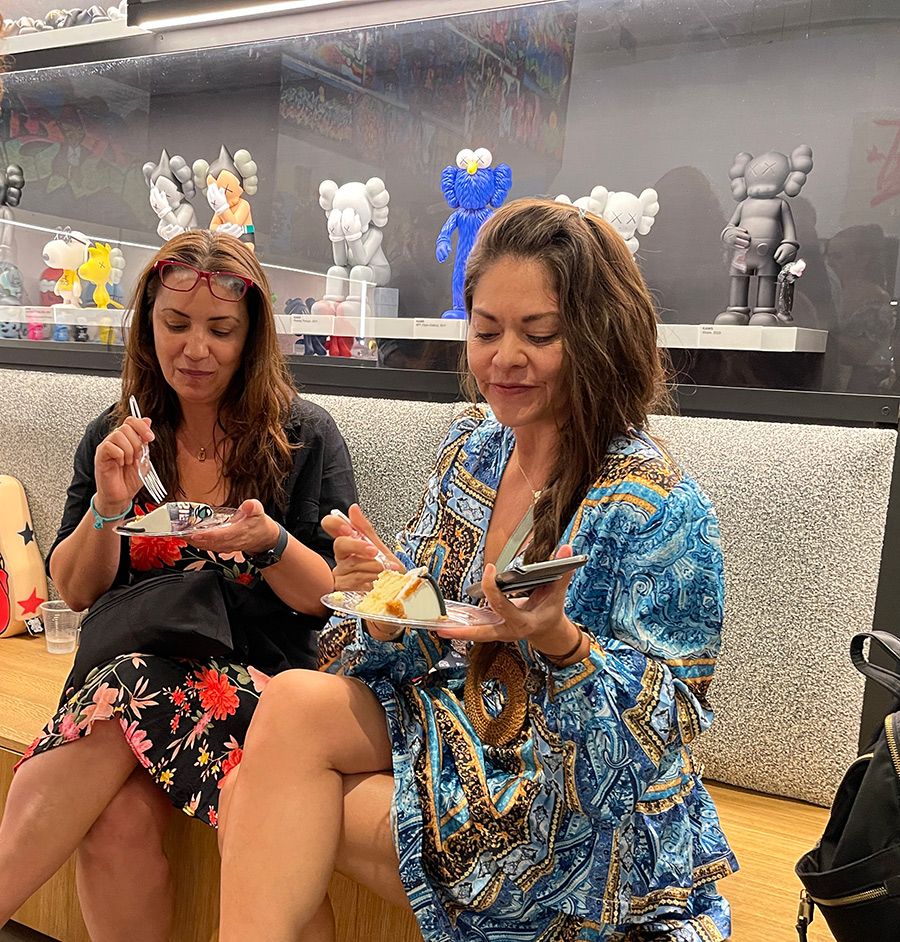
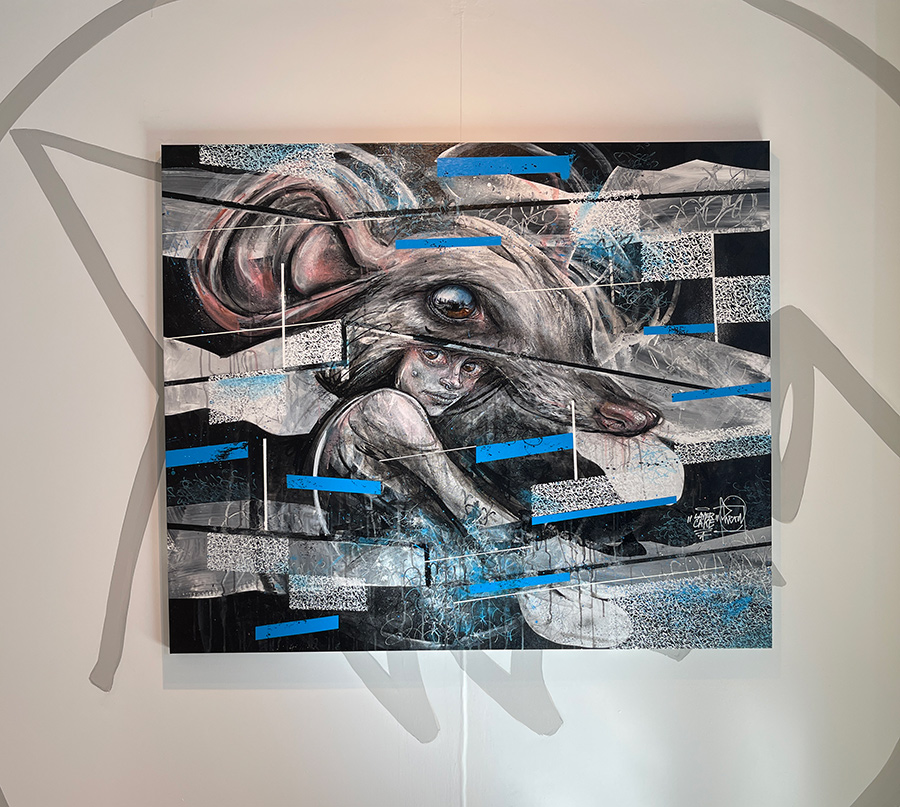
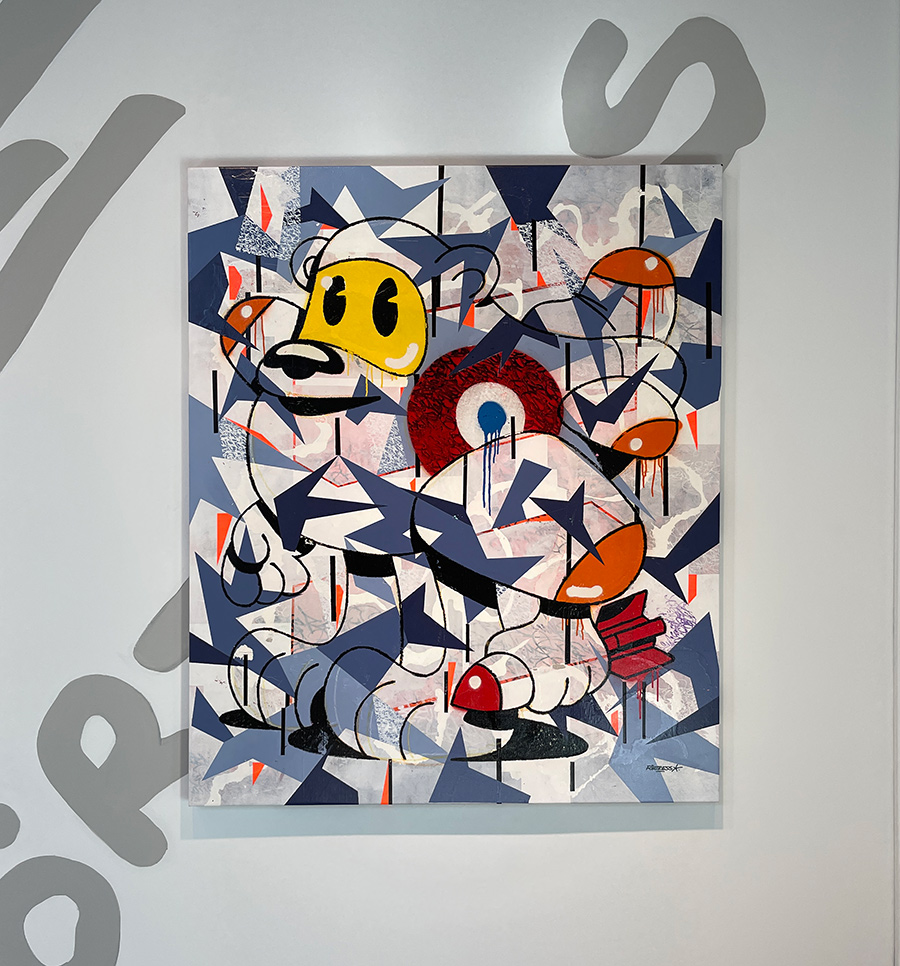
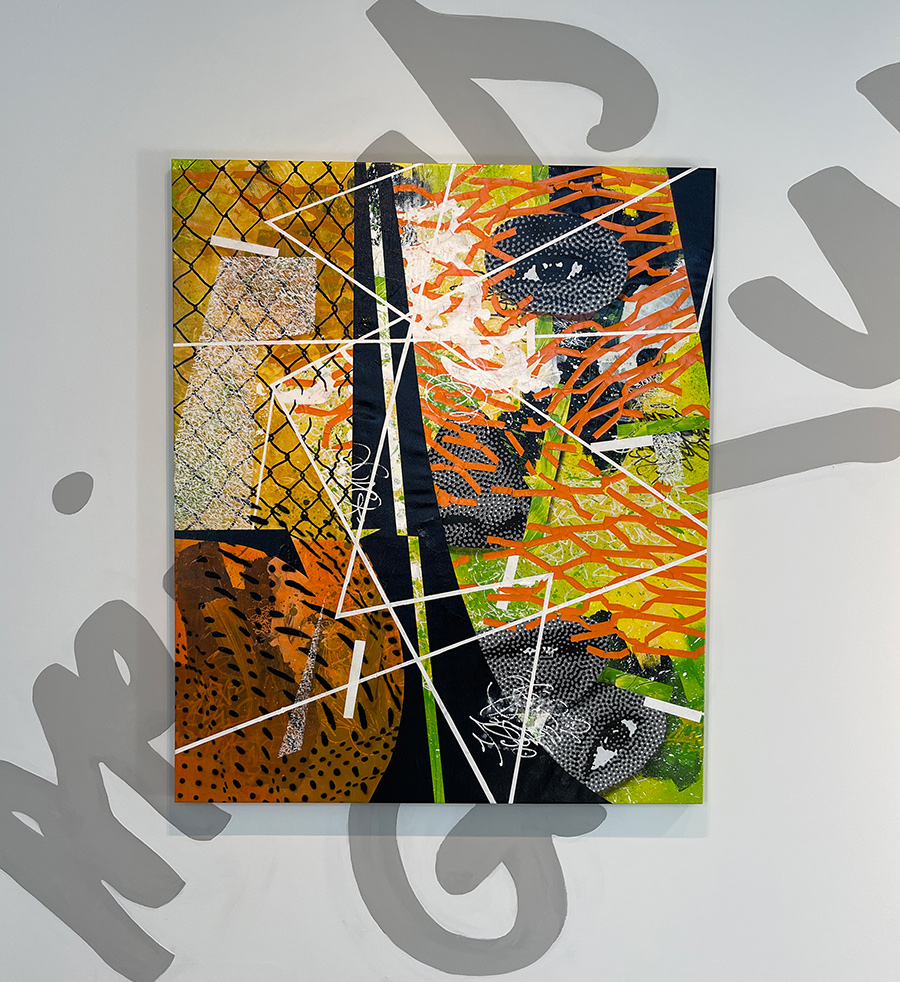
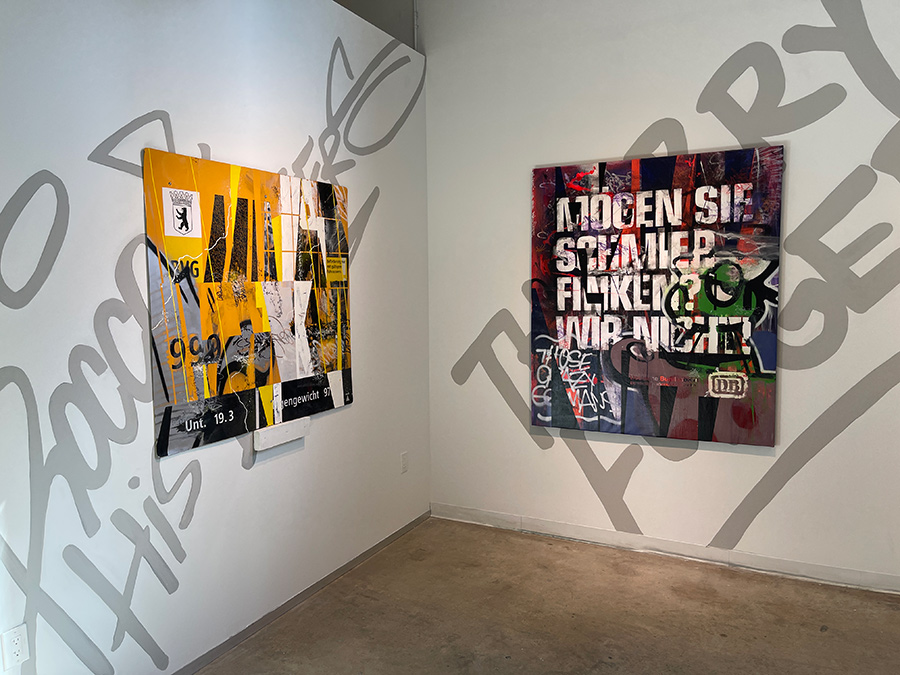
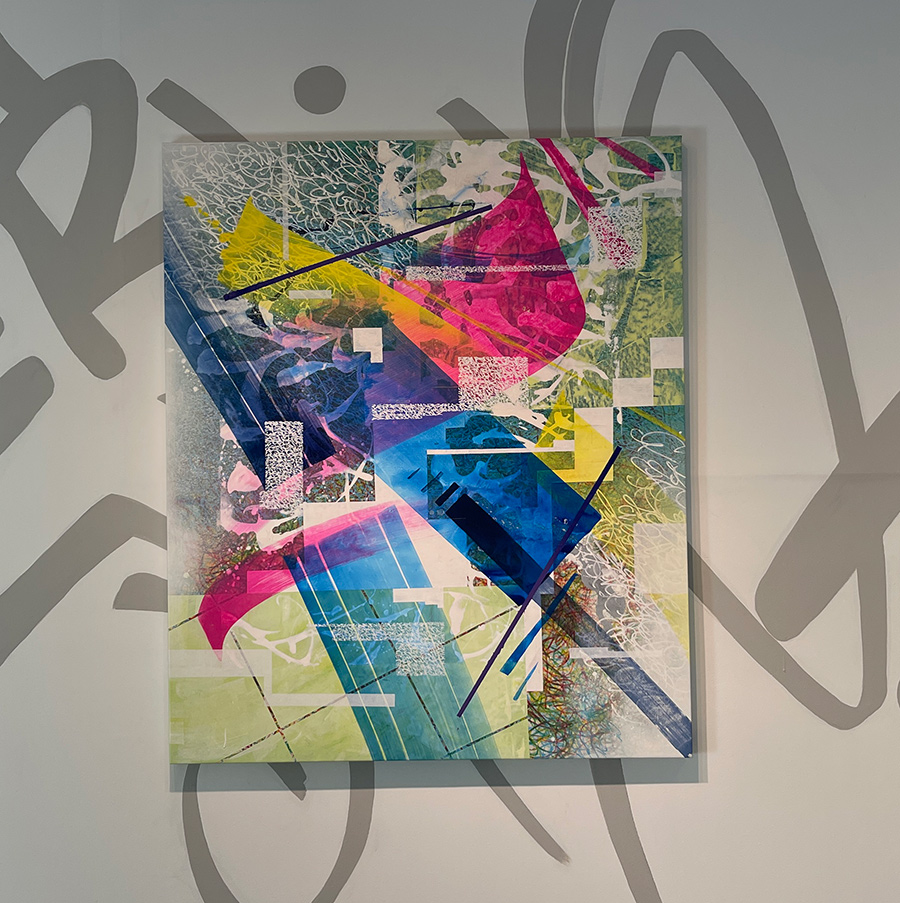
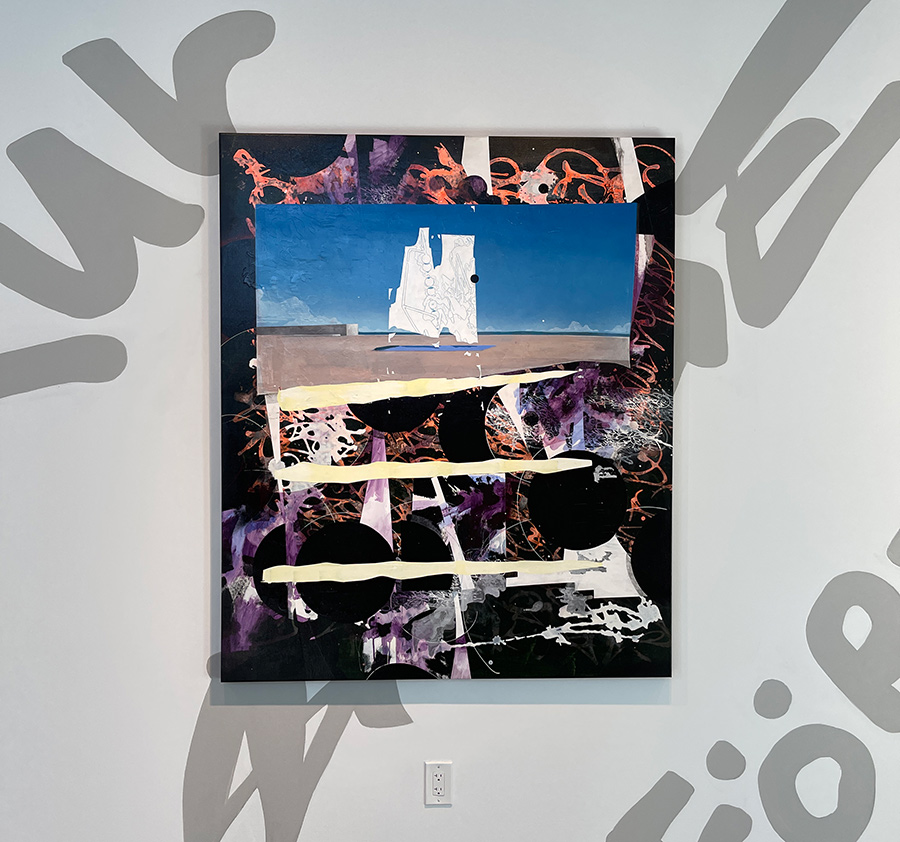
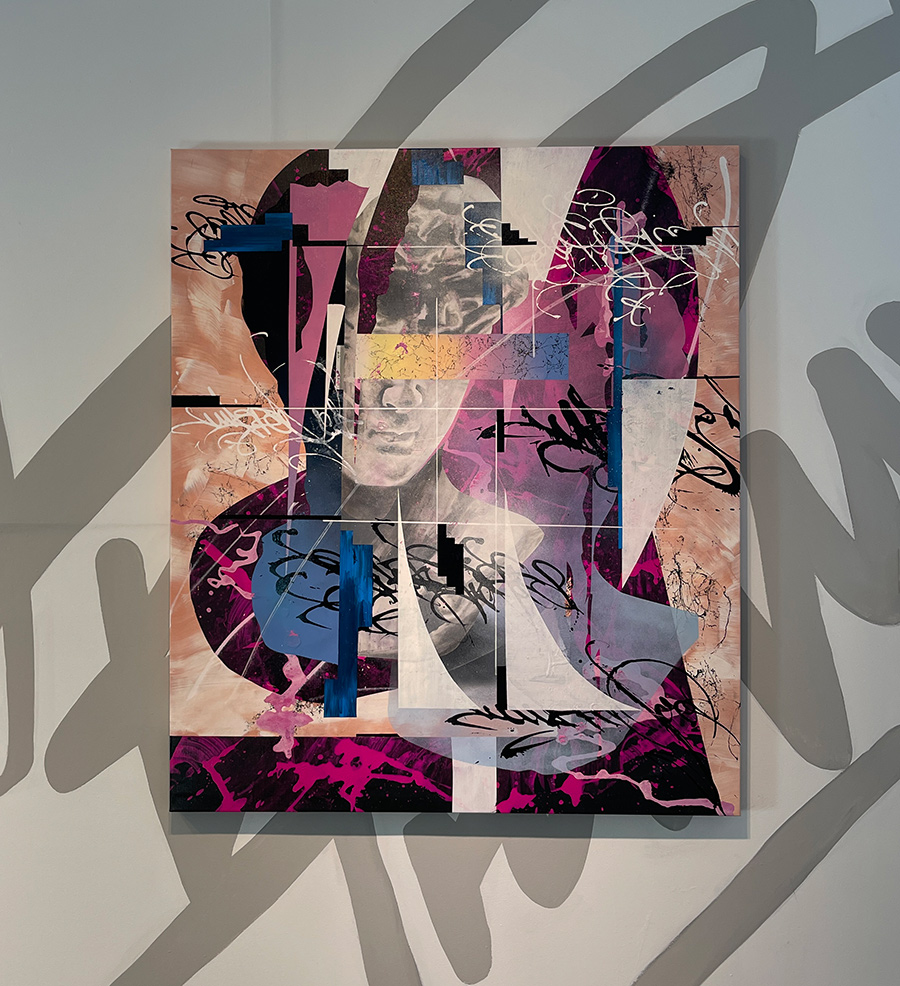
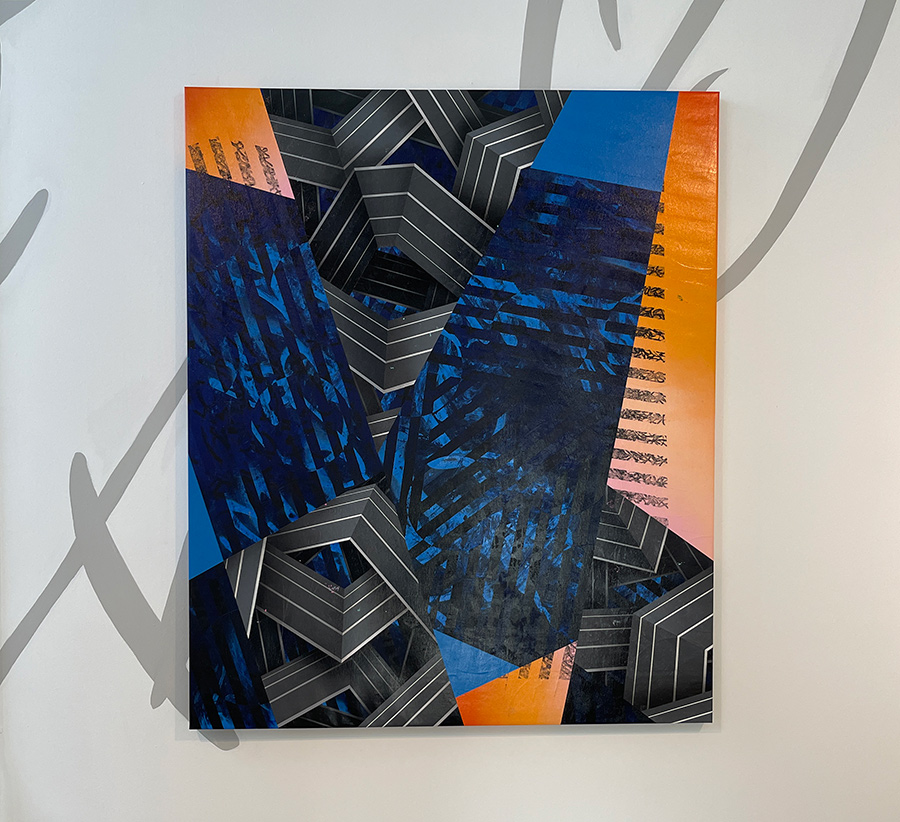
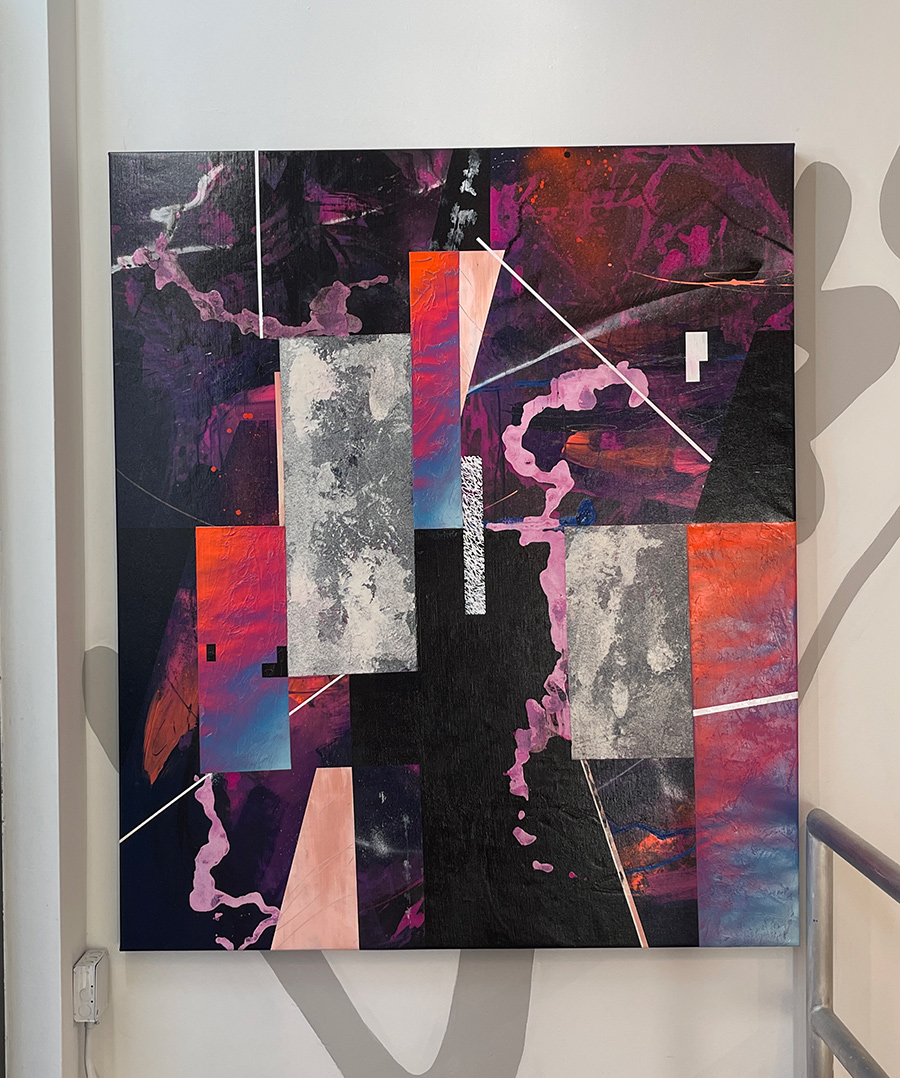
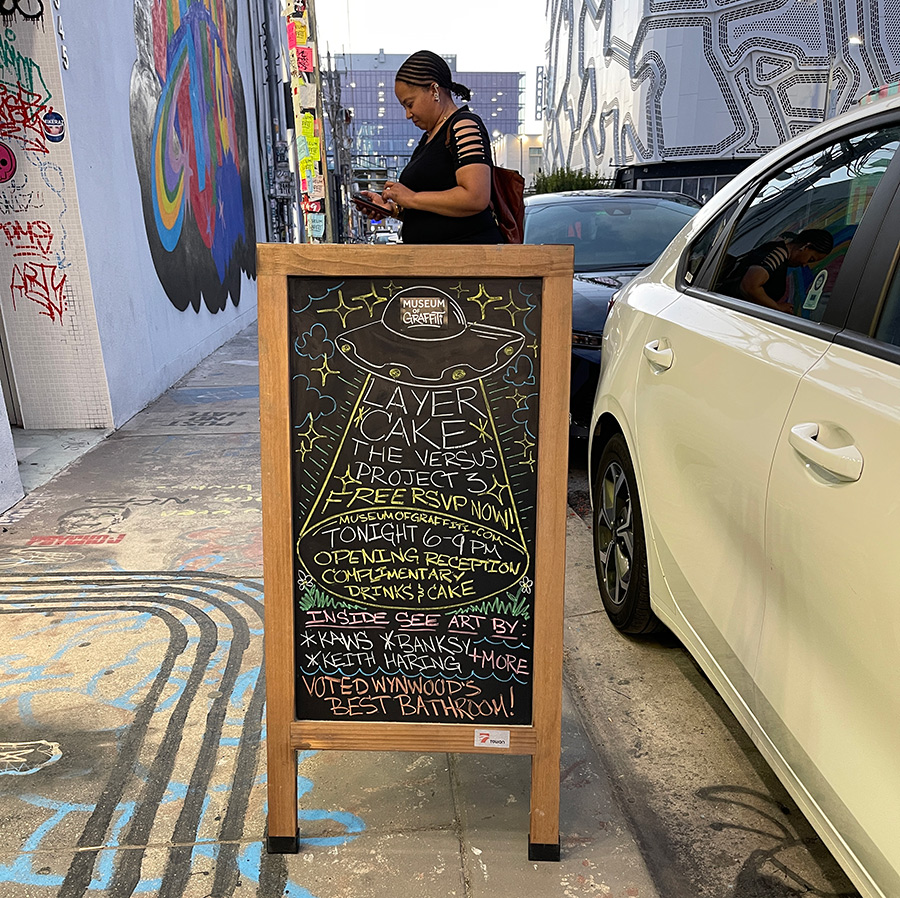
Other Articles You May Like from BSA:
Skount sent us a some images of a commercial gig he got with a small club and aspiring center of culture in Amsterdam and we thought you would enjoy seeing how his work on the street translates to ind...
The international Street Art scene boasts a small percentage of women artists and KASHINK may perplex even that statistic with her mustache. It’s the same mustache you’ll see on many of her big hairy ...
"Street Art Tourism" Is Capturing More Attention Eco-tourism is so popular for vacation travelers right now. You know, treading light and your carbon footprint and all that. Then there is Plastic Sur...
It seems like we’ve talked to you about this great project before and undoubtedly you have heard of it, but we weren’t prepared to see the high-quality, visually succulent and densely compiled tome th...
Happy Holidays to all BSA readers, your family and dear ones. We're counting down some of our favorite photos to appear on BSA in 2020 taken by our editor of photography, Jaime Rojo. We wish each per...
 BROOKLYN STREET ART LOVES YOU MORE EVERY DAY
BROOKLYN STREET ART LOVES YOU MORE EVERY DAY